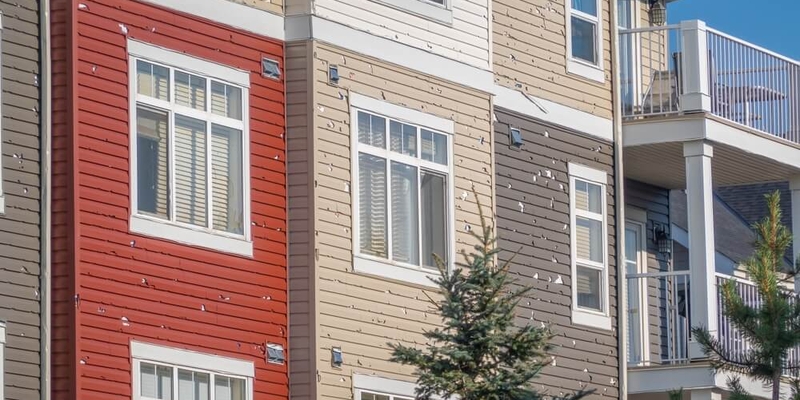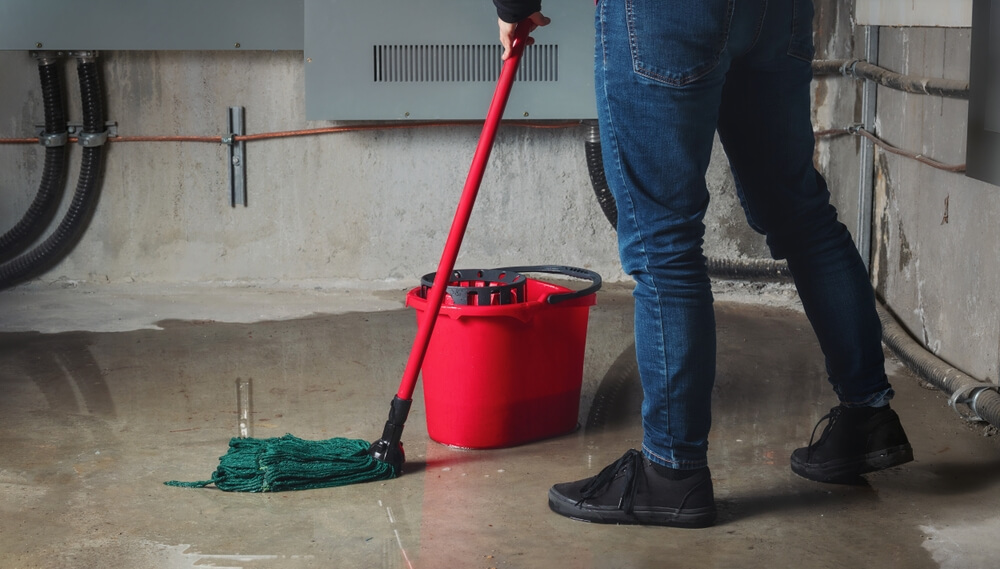
If you are not redirected within 30 seconds, please click here to continue.
Samedi: 10h – 16h HAE

If you are not redirected within 30 seconds, please click here to continue.
If you are not redirected within 30 seconds, please click here to continue.
How raising your deductibles can help you save on home insurance

Home insurance has been popping up in headlines lately. Between endless wildfires, heavy rains and floods, insurance companies have been kept very busy. In fact, according to the Insurance Bureau of Canada (IBC), natural disasters cost Canada over $3 billion in insured damage annually – for several consecutive years.
The result of that are ever-increasing home insurance rates.
So, if you’re finding yourself paying too much for your home insurance – especially if you’ve never filed a claim in your life – the culprit might be your deductibles.
What is a deductible in home insurance?
A deductible is the amount of money you, as the insured, must pay out of pocket before your insurance provider covers the rest of your claim. For example, if your deductible is $1,000 and the claim is worth $1,500, then you are responsible for most of the cost, while the insurer will cover only $500.
The deductible amount is decided ahead of time and should be listed on your policy. Almost all forms of insurance have at least one deductible.
If you have a home insurance policy already, then you’ll likely have picked your deductible yourself, since most insurance providers allow their customers to do so.
There are cases when an insurer might impose their own (high) deductible, but that’s usually done to allow for high-risk coverage that wouldn’t have been offered otherwise. You’d have to agree to it, too – so it’s not something that’s done behind your back.
How does your deductible affect your premium?
The deductible you choose directly informs how much you pay in premiums: higher deductibles lead to lower premiums, while lower deductibles mean higher premiums.
However, by taking on higher deductibles, you implicitly agree to taking on a higher risk. You also signal to the insurer that you’re less likely to file a small claim since you’d have to cover more of the claim yourself (as illustrated above).
So, if you’re looking to pay less in premiums, you could consider upping your deductibles. But if something were to happen to your home, you’d have to pay more for the damage yourself.
You can reduce risks by keeping your home well-maintained – especially the roof, which, if not maintained for over a decade, can cost you dearly in premiums. That way, you can avoid filing most claims in the first place. Insurance, after all, should exist only as a precaution, not something you rely on regularly, especially for issues you can fix or avoid yourself.
How deductibles are listed on a policy
Since some policies have multiple deductibles, there are multiple ways to lower them. As in, you can lower one deductible, but not the other. However, you should be aware that not all policies list their deductibles as a flat dollar amount.
There are several ways to list deductibles on a policy, including:
- As a dollar amount: This is the most common way of listing deductibles. Most home insurance deductibles range from $500 to $2,000. So, if your claim is worth $5,000, for instance, and your deductible is $1,000, then the insurance company would cover $4,000.
- As a percentage: Sometimes, a deductible may be listed as a percentage of your total coverage limit. For example, if your coverage limit is $200,000 and your deductible is 3%, then you’d have to pay $6,000 when filing a claim.
- As a dollar amount and a percentage: Your policy may also have both percentage and dollar amount deductibles listed on it. In this case, dollar amount deductibles would apply to most standard claims, while a percentage of your total coverage would apply to more specialized claims, such as earthquakes or flooding.
When changing your deductible, consider carefully how each amount will impact you in the event of an incident, since you don’t want to be surprised by a deductible that can’t you afford.
Types of deductibles
Certain types of losses might have their own deductibles. However, that’s not the case for all policies.
Either way, here are some of the losses that might have their own deductible:
Vandalism and theft
Damage or loss due to vandalism, theft and similar crime-related incidents can have deductibles of up to $10,000. You’ll often see these applied to vacant or vacation properties, which are far more likely to suffer from such incidents due to the homeowner’s absence. The same goes if you’re renting out your property or sharing it with other people (specifically people you barely know).
Earthquake
Earthquake coverage is purchasable only as an add-on since it’s a very specialized type of damage. If you do purchase this coverage, your deductible can range from a few thousand to several hundred thousand dollars. It’s also likely to see this deductible listed as a percentage of your total coverage, so be sure to do your math before agreeing to pay a higher deductible.
Flooding
Like earthquake coverage, this one is often offered as an add-on – and only to eligible policyholders since flood damage may be too frequent in certain areas to even be insurable. There are two types of floods – overland floods, which involve overflowing bodies of water like rivers and lakes, and sewer backup, which occur when the sewage system is so backed up that it can flood your home through drains and toilets. Deductibles on this coverage can reach as high as $20,000.
Hailstorm
Though hailstorms are covered by most standard home insurance policies, they may have a separate deductible attached to them, particularly if hail-related damage is unusually frequent in your area. You may get a deductible in the range of a few thousand dollars.
Key takeaways
When evaluating your deductibles, remember that you might one day be forced to pay them – especially in the event of a disaster. So, if you’re not sure that you can afford a hefty deductible, consider opting for a higher premium instead. Another option is to have enough money saved up ahead of time to cover a potential disaster, but that’s not something everyone can afford.
In either case, weigh your options carefully and don’t assume that the perils you’re covered for will never impact you. The last thing you want is to be struck by a disaster and have no funds to repair the damage – even as you’re paying for the appropriate coverage.
Read next: How much home insurance coverage do you actually need?
Don't waste time calling around for home insurance
Use RATESDOTCA to shop around and compare multiple quotes at the same time.
Finding the best home insurance coverage has never been so easy!
Get money-saving tips in your inbox.
Stay on top of personal finance tips from our money experts!










